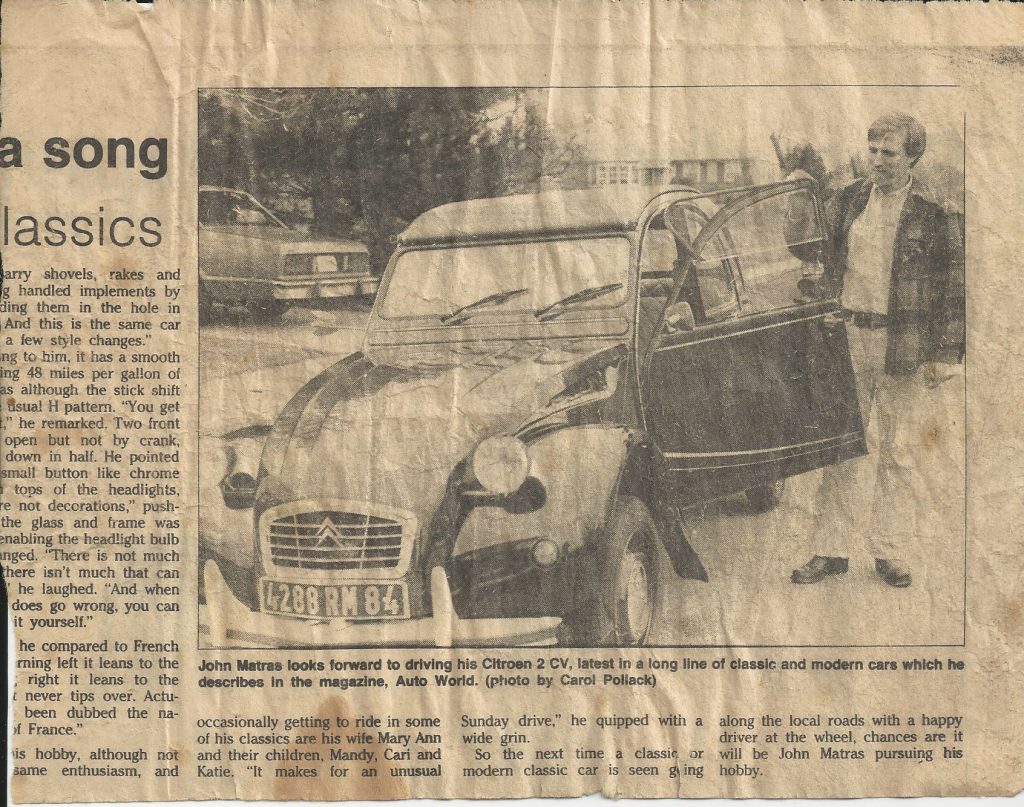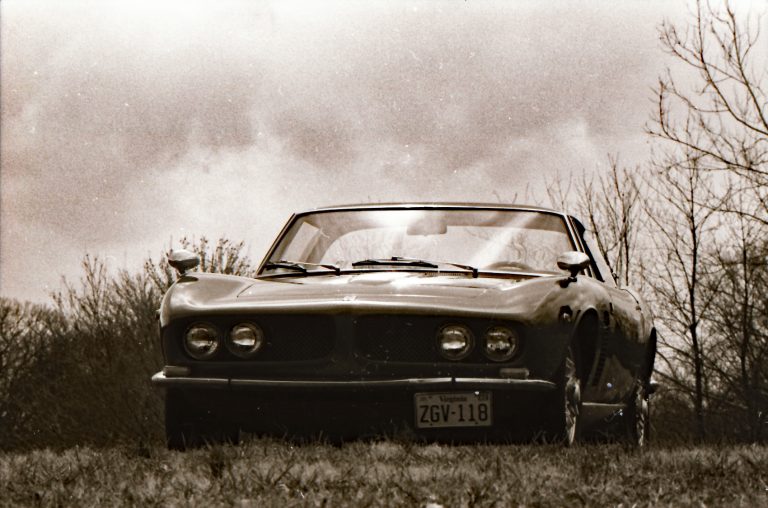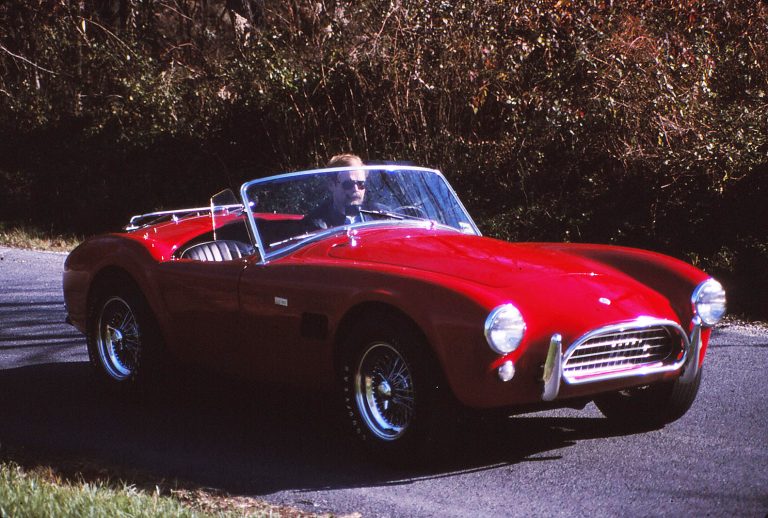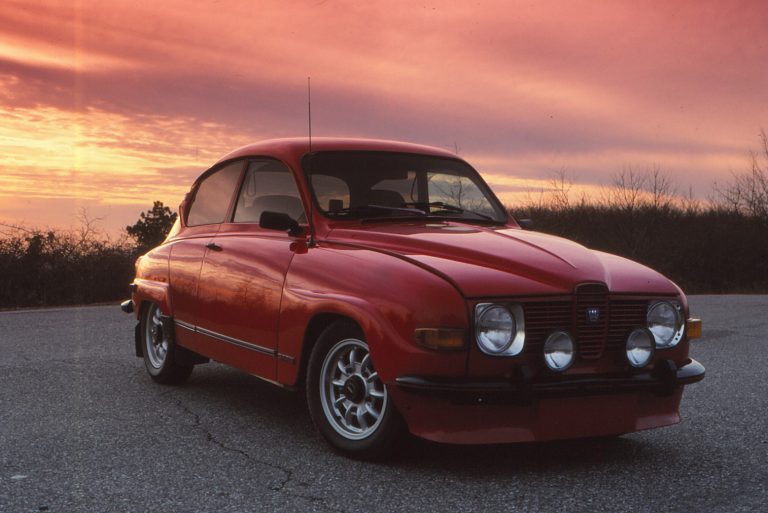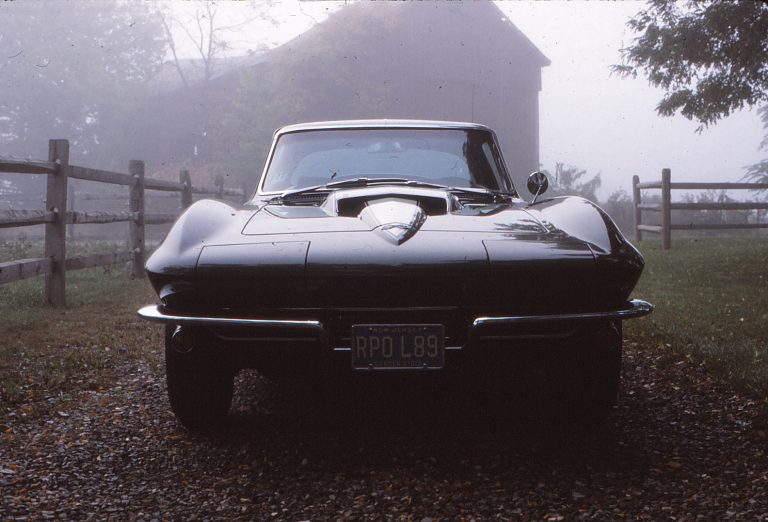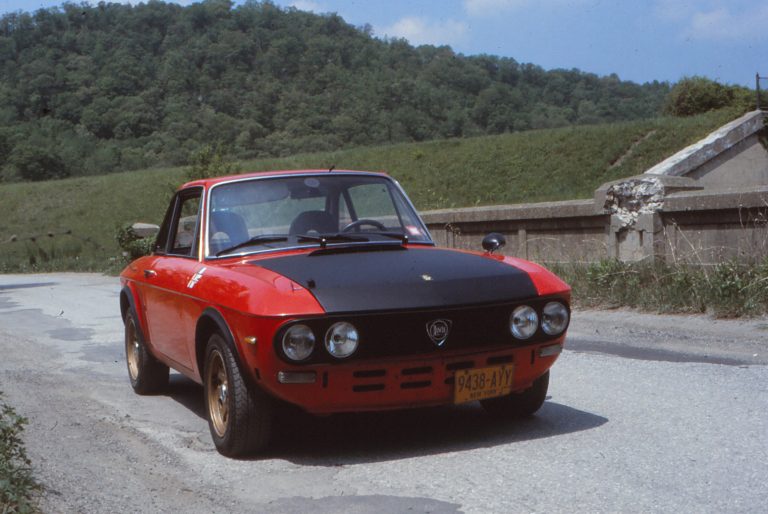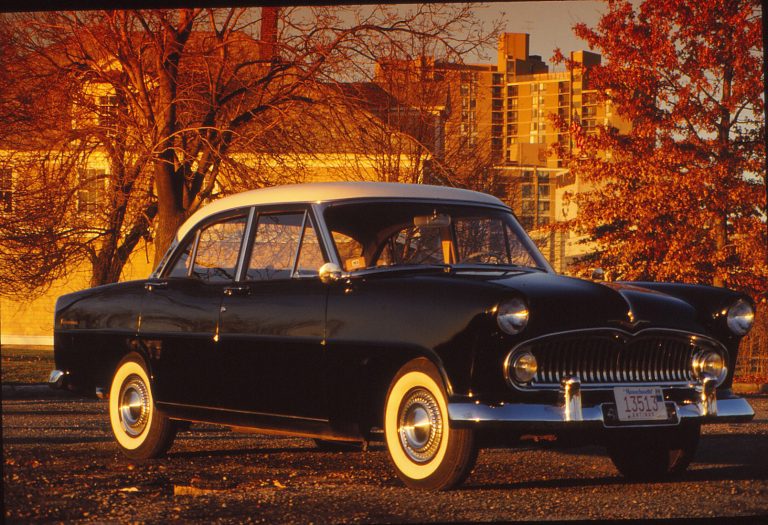New-car review originally published an AutoWeek June 10, 1985
I know why celebrities wear dark glasses: Being noticed has its advantages, but after a while all the attention becomes annoying. I know. I’ve driven a Citroen 2CV.
I had the 2CV, alternately called Deux Chervaux and “The Duck” by Citroen freaks, on loan from importer Fournet’s Citroen Cars & Parts of Glen Bernie, Md., for only a week, but during that time my attitude changed from “Oui, see moi neat car,” to (to a Chevy driver) “It’s a Citroen. What’s yours?” And (to a gawker in a LeCar) “My car looks funnier than yours.”
It’s not that I’m a bad person – only moderately Type A – but there’s just no place to hide in a 2CV, and with only 33 horsepoower on tap, you can’t even run away. But with a 2CV everybody, everybody, wants a piece of the action.
The car is simply so uncommon, at least here in the States, that those who don’t know what it is will want to. Those who do know what it is will want to know how this one got here. So it means you’ve got a lot of explaining to do.
You can start with a little history. Tell them how the prototype was developed in 1936 – before the Volkswagen – and how it went into production in 1948. Tell them it was designed as a farmers’ car, that one of the design specs, according to Citroen legend, was that the car should ride so smoothly that if a basketful of eggs were placed on the backseat and the car driven over a plowed field, no eggs would break. Tell them how it served as France’s postwar recovery car, how it has been built virtually worldwide, how it is still being built in a factory in downtown Paris.
Then you’ll have to explain how Fournet’s is importing 2CVs: It started as Michel Fournet a sending a few 2CV parts to the U.S. at the request of owners met at the annual Citroen Rendezvous in Massachusetts. Then came request for whole, unrestored pre–‘ 68 (and therefore Customs-legal without modification) cars. And finally the idea of taking good pre-‘ 68 2CVs, stripping them down to the frame, and then rebuilding them with new-from-the-factory body, engine, interior and U.S.-legal safety glass. Voila! One brand-new, pre-‘ 68 Citroen 2CV, built at Fournet’s shop in Menerbes, France, and delivered fresh to his store in Maryland. Fornet’s handles Customs entry and can provide a Maryland title to simplify registration in a customer’s home state (foreign titles can mystify registration clerks back in the hinterland).
Of course, you’ll have to mention that Fornet’s stocks parts for 2CVs as well, from the skinny 125×15 Michelin ZXs on up. Parts is how this operation started, remember?
Then you’ll have two explain the car itself. Open the hood to show the horizontally-opposed twin-cylinder air-cooled engine, with a two-barrel Solex carburetor and displacing all of 602cc, hung out in front of the front axle line, at least as far as two cylinders can hang. Point out the disc brakes mounted inboard on the four-speed transaxle (there are drums in the rear). Then crawl underneath and explain the lever-arm suspension system, actuating coil springs located horizontally in a canister under the chassis. Show how it’s the same front and rear, except that it’s a leading arm in front and a trailing arm in the rear, and note that it’s the same as it always has been, except for the addition of shock absorbers and 15mm sway bar.
The you’ll have to show the interior, how the doors shut with an honest “Plang!” and how Citroen isn’t afraid or ashamed of painted metal. The unreasonably comfortable bungie-cord seats will explain themselves, but you have to do the talking about the umbrella handle shifter protruding horizontally from the dash. It works a conventional-looking shift lever located under the hood by remote control: Twist to the left and shove it in for reverse, to the left out for first, straight up and in for second, back out for third, and to the right and in for fourth. It’s weird first, you’ll say, but after a week you’ll wonder why anyone would put a lever on the floor.
Ventilation, you explain, comes from three sources: a dash vent that cranks open to admit air directly under the windshield, the windows in the front doors, the lower half of which flip up and catch in a latch, and the sunroof, which rolls all the way back to the rear window and was originally put there so French farmers would have a way to carry the rakes in from the field. There is a heater of sorts, similar to VW’s heat exchanger system, but there’s no fan to boost and the choice is on or off. Don’t forget your coat.
The steering is heavy for such a light car and gets heavier the harder you try to push it in a corner. Understeer is a way of life. In body roll, oui, is like French politics. It leans a lot to either side, but never seems to go all the way over. The ride is sort of controlled bounce over large undulations and washboard surfaces shake the body like a puppy drying off after a bath, but thanks to those bungee-cord seats none of it ever reaches the passengers.
Sooner or later they will ask about performance and your explanation will always begin with, “Well…” Such as, “Well, it depends on which way the wind is blowing,” remembering the time you tried to get zero-to-60 times, but couldn’t reach 60 because of the headwind. Or, “Well, if you wait long enough it will do 65,” knowing that any incline will soak up hard earned MPH one by one. Or, “Well, it keeps up with expressway traffic if you manage your momentum,” knowing that you wind up taking insane chances just to keep from slowing down and having to plod your way back up to speed. Pressed, you’ll admit to a best zero-to-60 time of 31 seconds (remembering this speedometer is converted from metric and not completely accurate) and a zero-to-40 of 14. On the other hand, no amount of flogging ever seems to wind the little twin, and it will churn away all day at full throttle like a demented Singer sewing machine at full zigzag. And it gets 48 MPG.
And finally the question of price will come up, and you’ll say, “$5,995. Unless you want options.” Options? Sure, like the funky “Charleston” art deco paint or a delightfully presumptuous white with blue racing stripes, for $500 more, or the special 652 mL, 39-HP engine, a worthwhile $495 option for an 18 percent increase in power. Or there is a bigger gas tank, rear seatbelts (up front are standard retractable shoulder/lap units), day/night mirror, chromed headlights, slotted rims, “safari” bumpers, and special upholstery.
And if they ask you what you don’t like, you can tell them the convex driver side rear mirror, which makes things look farther away than they are and almost got you killed.
If all this seems like too much work, then the Citroen 2CV isn’t for you. But there’s one more thing I should mention. The 2CV attracts women like a “Free Date with Mel Gibson” sign. Whether you want attention is up to you, but it’s the easiest trip to first base sense the intentional walk.
Getting attention, I suppose, isn’t always bad.
But attention-getting the Citroen CV2 definitely is. A reporter from the local paper saw me driving the car, one question led to another, and shortly thereafter I was a local hero. Or at least had my picture in the paper, written about rather than writing about.
